
Having worked with major artists and clients, 26-year-old Sherif Higazy is an Egyptian director, designer, and producer whose name you won’t want to forget.
Sherif founded and is currently the Executive Producer of Thermonuclear, a Los Angeles based content studio “powering tomorrow’s stories for various industry leaders”. He has worked with Apple, Atlantic Records, IMAX, Columbia Records, Evernote, Yahoo, Universal Music Group, and Warner Records as well as artists such as Bazzi, Lindsey Sterling, YG, and Belly.
Born in Sydney to Egyptian diplomats, Sherif grew up all over the world, living in Egypt, the UK, Jordan, Australia, and India, before finally travelling to the U.S. to study film at the University of Southern California (USC) in Los Angeles. Upon graduating, he started a company called Nuclear, to service some of the world’s leading brands and organizations.
What is your relationship to Egypt? Have you visited Egypt recently and if so, what was your impression?
I’m 100% an Egyptian Citizen, lived in Egypt for 4 years and speak masri fluently. The last time I was in Egypt was 2012 for my brother’s wedding and I had such a blast. I don’t get to go back as much as I like, but I’m a huge history buff so it was pretty neat last time we went since we stayed in historic Mena house. We had a balcony view of the pyramids and part of the wedding ceremony took place in a room where Churchill, FDR & Chiang Kai-shek attended a conference during World War II. Ceremony was cool too. 
What drew you to California? How important has this place been to your work and career?
I went to California to study film at USC in Los Angeles. While the film industry has become global and more national in scope, LA is still the heart of the global film industry and I wanted to be right where everything was happening, even if it’s more competitive. I don’t know if I can say the place itself is a source of inspiration but it draws the best talent in the world, so a lot of my peers and mentors were and are some of the most talented people working in the business. In that way, it forces you to strive for a certain level if you want to produce work at your highest level.
California is also a godsend when it comes to filming. There’s a map from the ye olde days of film which shows how certain parts of Cali resemble different countries. For a student film, I wanted to shoot a spot set in Sinai, so I drove an hour west to find a deserted patch of desert as a stand-in for Egypt.
Tell us about Nuclear, the content company you founded in 2015. What inspired the name? What makes it unique, what makes you stand out?
Nuclear came from my favorite graphic novel, “Trinity”, which follows the Manhattan project. It’s such a mind-bending, “reality is stranger than fiction” type story. I was reading it back in 2015 when I started the company. The word itself is also quite evocative, so I felt like it really embodied the creative energy I was hoping to foster within the company.
Also, it’s close enough to the startup “Nucleus” in the show “Silicon Valley” which is just really funny.
How do you divide your roles/work between Thermonuclear and PostNuclear or are they intertwined?
Nuclear is the umbrella company, but we have a Post Production company (Post Nuclear) and an Animation, VR and design arm (Thermonuclear). Each operate with different emphasis but my role is pretty hands on with both businesses.
Post Nuclear is a general post production company, but the bulk of our business is Visual Effects. I had started my career as a visual effects artist so Post Nuclear does everything from the basic cleanup and beauty work all the way up to crazy mind-bending visual effects. My favorite type of project are the ones that involve the kind where you’re wearing all the hats at once and get to create high concept and fantastical worlds from the ground up. Thermonuclear’s focus is mostly design-oriented, producing animated content for organizations and brands.
Personally, I like to be pretty hands on with all our projects, so I’m mostly in the trenches working on whatever project comes through our doors while also managing everything on the business end as the Executive Producer.
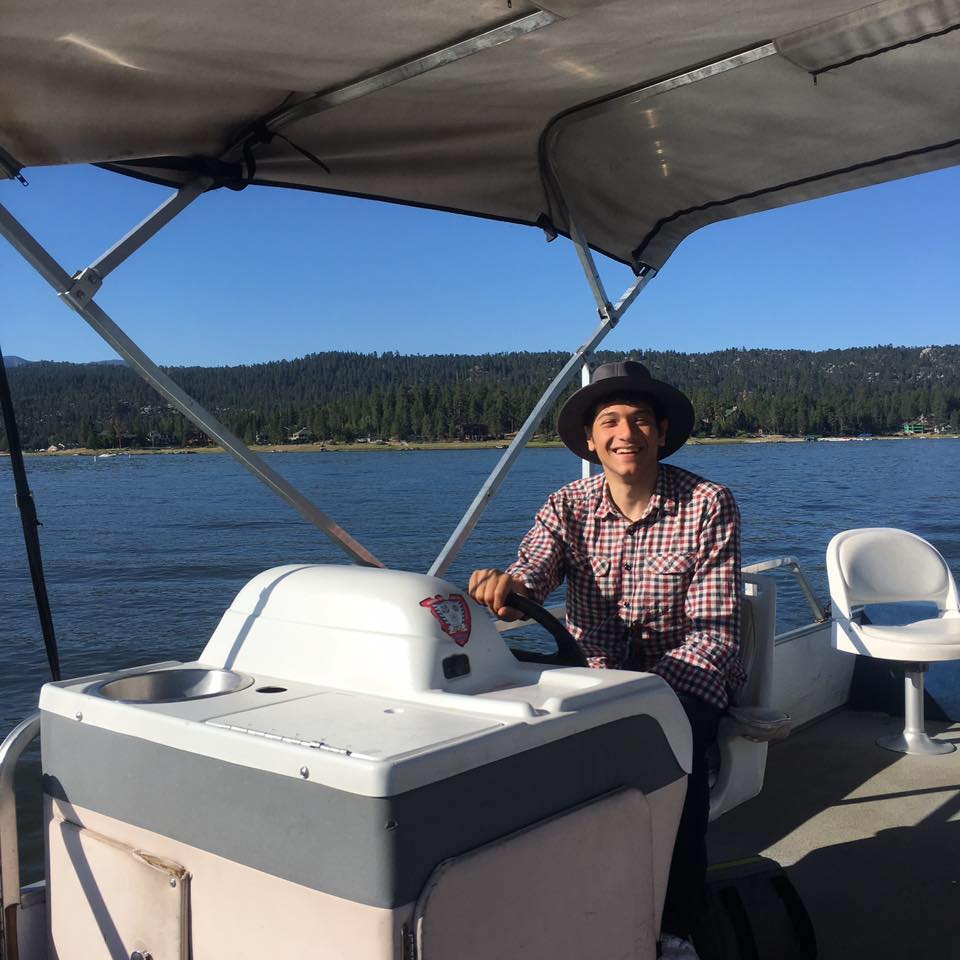
According to your website, you create stories “through immersion, design and technology”, how do you come up with content ideas?
It usually starts with figuring out what the goal is and then working backwards. Sometimes our clients come to me with their ideas. Other times, they supply us with their song and I brainstorm as many ideas as I can about the best visual treatment I can come up with for the song. Before I was in film, I was an oil painter and graphic designer so my ideas are often design-driven. I like to pull references and draw inspiration from paintings and other graphic disciplines.
What do you mean by ‘through immersion’?
Looking to the future, I want to transition Thermonuclear into interactive storytelling as well as virtual and augmented reality. Right now we’re dipping our toes into all of these facets. For example, we’re working on a project for a famous football club to turn their data into fully immersive architecture in VR. For another content company, we’re working on pitching interactive storytelling ideas.
The most exciting thing about the direction of content is that we’re entering an era where technology is allowing us to create content where you can be fully immersed through a headset or device. It’s still quite early, but with my skill sets in animation, visual effects and programming, I’m hoping we can lay the foundation for that sort of work once it becomes more mainstream.
What are some of the differences between various content-types (commercials vs. music videos, for example) – in terms of processes, challenges?
Commercials are usually brought to you to execute, and the creative requirements are fixed. Music videos on the other hand, tend to have a few prompts or nothing but the song. In that way, music videos are a lot more creative. The downside is that making music videos can be brutal. You’re often trying to pull off a very difficult ask under the gun. But it’s very creatively fulfilling and my best work has often come from that purpose.
What would you say are the essential components of a good music video or commercial?
It has to have an original or strong theme, maybe narrative, that’s clearly communicated. I think a lot of smart people have to suffer through bad art because the author forgot his audience and is creating really self indulgent content

You’ve worked for some major music labels and produced ads for companies such as Apple, Nike, Dove and Clarins. Were you approached by them or do you approach them?
Both! I’m always putting my work out there, but for our top clients it has always been word of mouth.
What have you found the most fun and why?
Working in virtual reality! There’s a rush when you create a fully realized 3D environment, and work to build out it’s functionality and then put on a headset for the first time and walk through your own creation. Since you’re creating a fully realized world, you get to write your own rules and find creative outlets that you’d never find in film or painting. For example, we worked on creating an interactive virtual fountain you could experience. Instead of programming the water jets to sync up with a track, we wanted to make it react to the music seamlessly. This involved programming functionality that could trigger specific water jets and lights depending on the waveform of the track. When you actually step into the experience, you can’t really see all the effort that went into creating that specific functionality. Instead, you see a cohesive experience that mimics and exaggerates reality.
What does a typical project look like for you? What does your job involve on a day-to-day basis?
It depends on what projects are on my desk. Typically, I split my time between working “on the projects”, “in the projects”, and “on the company.”
“On the projects” I’d describe as your typical project management (giving notes and direction to various artists and vendors on my team as well as keeping things moving along). “In the projects” involves manually inserting myself into the process. I’m a visual effects artist and designer at heart, so I still insist on working to ensure all the projects meet my standard of quality. Lastly, “on the company” is your typical company building stuff. Networking, branding, marketing, finance, legal and all that jazz!
How big is a typical production team and to what extent do you interact with the various stakeholders when designing content?
It’s all dependent on the budget and project. I’ve worked as a team of one and also been involved directing and leading projects that involve 100+ members. It really depends on the budget and scope.
When it comes to stakeholders, it’ll depend on the project. Visual effects and animation for example tend to be execution jobs where you’re hired to do a specific job. With music videos and virtual reality projects, a lot of the time I get a lot of creative control. For music videos you’re often hired for your creative vision and aesthetic. Mine tends to be a mix of live action and highly stylized visual effects. For virtual reality projects, since it’s such a new field, I’m often relied upon for my expertise to shape the direction and execution of the project.
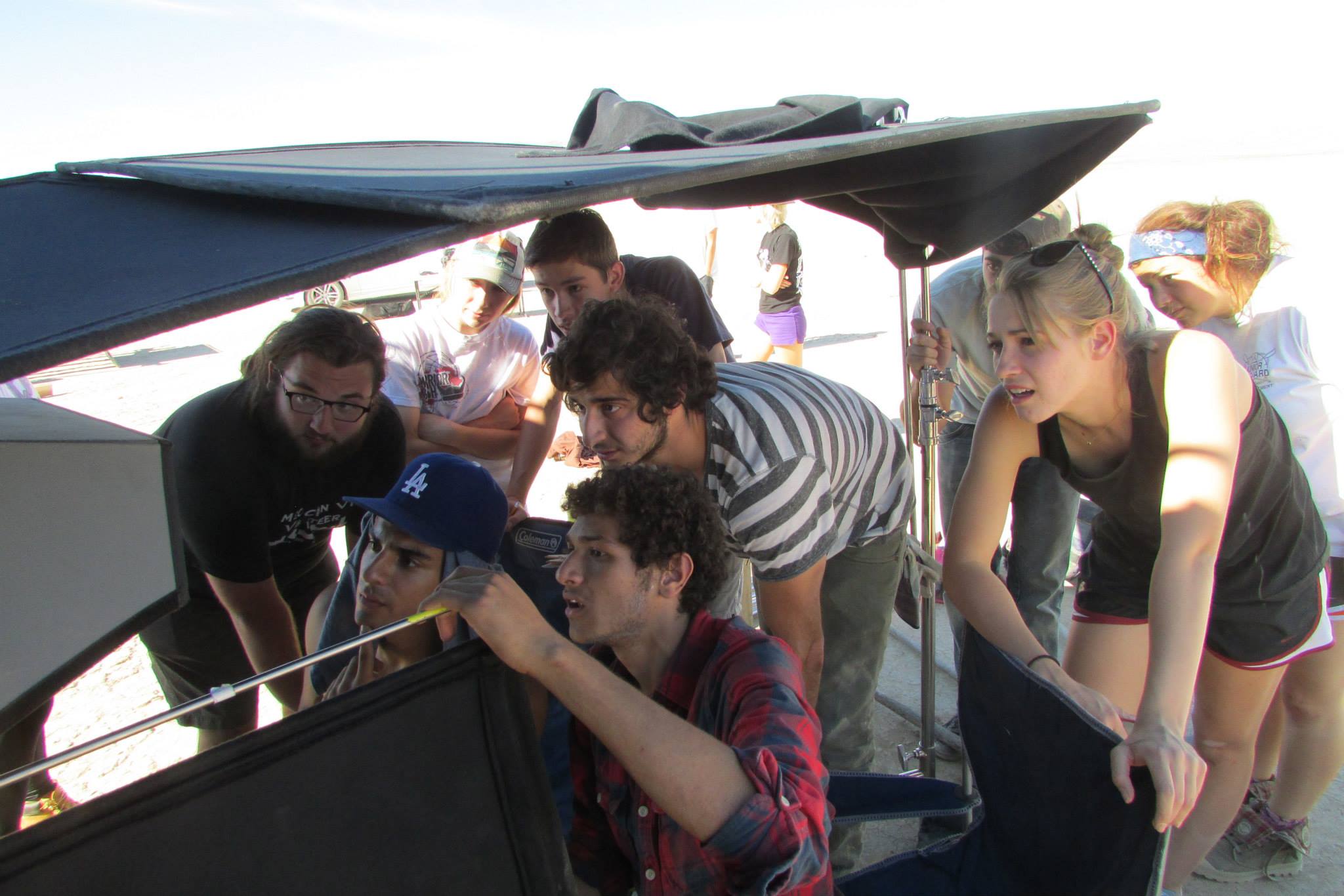
There are obviously various stages to video production, how long does this normally take and what parts do you enjoy most/find most challenging?
Most of the projects I take on have a 2 month turnaround, but I have ongoing commitments with most of my clients that allow me to work on their campaigns or content for years.
What I enjoy most is applying new techniques, technology or software to create fresh visuals for my clients. For example, I recently picked up Houdini software, which is typically used to generate photo-realistic smoke and liquid, because a client recently wanted surreal and ‘out-there’ visuals. In a “learn on the job” sort of way, it was such a thrill to be able to deliver something that was truly unique and that we hadn’t done before within the company.
Challenge wise, most of our projects have very tight deadlines, clients with high standards and clients who are, themselves, artists. The final week of any project is often a huge crunch to get the final piece to its highest potential
Which specific projects did you find the most challenging and why?
I did a project for an artist named Bazzi for Atlantic Records that was entirely shot in green screen. It was a really tight deadline and I wanted to be really hands on the design of each shot. To pull it off I was working an insane schedule (playing all the VFX roles such as compositing, matchmoving, environment/texture, lighting etc.) in order to get every shot to match the world I had envisioned. All from scratch! It was tough, but ultimately I’m quite proud of the work we did for them!
Where do you derive your inspiration from mostly? Has your personal experience or education influenced your creativity and style? Or more practically speaking, what tools or software help you out on a daily basis?
Since I had the great privilege of growing up all of the world I really feel emotionally tied to a lot of different cultures and countries. I think it’s given me the ability to challenge my own fundamental assumptions and keeps me open minded to the spectrum of artistic inspiration that exists all over the world. Personally, I’m drawn to paintings for inspiration a lot of the times. I particularly love Rembrandt and his use of light and when mocking up surreal environments I sometimes like to channel the compositions, palette and the performative nature of his models.
More practically, I often like to challenge myself by trying out new techniques or styles by replicating or emulating works I find inspiring. For example, a set of posters that I’m obsessed with are the art deco JPL retro tourism posters. For the past 6 months I’ve been honing my graphic design skills by emulating that style and mocking up my own art deco style works.
You got your first break as a music video director for Roger Sanchez, would you mind elaborating on that moment? Do you have any other memorable music video production experiences?
Sure— Roger Sanchez was great! I was in school at the time and Roger’s team approached me because they had a tiny budget and needed someone who was willing to pull of something cool for no budget. Since I was a budding VFX artist, I could donate my time/labor for production value and he essentially gave me creative freedom to do whatever I wanted.
There’s a bunch of great moments! Some highlights include an artist who spent the last $500 of our budget on shoes that he wanted to keep, so we destroyed them on a stunt on set. Another is a very famous rapper who didn’t want to be on set until we had a scene where we needed to throw fake hundred dollar bills all over set, so he proceeded to tutor us on the proper technique to ‘make it rain’.
I now know how to properly make it rain.
What do you enjoy most about your work? What are some of your favorite tools to use creatively and why?
Video game engines in VR. As mentioned before, “world building” and being able to walk through a world that you programmed and art directed from the ground up is so fulfilling. Figuring out ways to manipulate an artificial reality whether that’s through design or logic & programming has married all my interests and disciplines together. The experience I worked on that encapsulated this involved using sports data to build an architecture generator. Basically, you’d plug in soccer position data and it would spit out a unique tower that you could walk around in. That was super fun to make.
How has technology changed over time/in the years you have worked as a creative director?
The biggest change, to be honest, has been the quantity and quality of educational material out there. It’s really starting to feel like the Matrix where if you want to learn something you can pick up an audiobook and download it straight to your brain. Pretty much anything I want to learn is just a YouTube tutorial series away.

What qualities would you say are necessary for success in this industry? What skills do people need to have to be a video producer?
First, have a theme or something to say to your work. It can be anything! Even if it’s just the color blue.
Second, the self awareness to know what your strengths and weaknesses are. Double down on your strengths and work on your weaknesses!
Third, never speak or think ill of the customer and your word is bond!
Have you ever turned down any projects and if so, why?
Yes, plenty of times! There’s a great business tip I read somewhere, that you should fire your worst customers, so I usually turn down work from clients that are difficult or have bad manners.
What is the biggest creative challenge you have faced in your career and what have you learnt from these sorts of experiences?
The biggest challenge usually comes when I try to make work to please someone else versus what I know will make a good video or piece of art. A lot of the times when there’s a lot of stakeholders it feels like you’re designing work by committee. Since then I’ve learned to deliver work that’s at my best artistic ability and sell that vision to my client.
What are some of the projects you are currently working on and what is still on your bucket list?
I’ve been working on developing sci-fi and fantasy narrative content with a Middle Eastern flair that I’m hoping to get made in the next few years. Bucket-list wise, I’d love to make a movie that’s a cross between Lawrence of Arabia and Tinker Tailor Soldier Spy. Or Arab Star Wars.
–
If you’re in Los Angeles, catch Sherif at ARISE, a showcase in Downtown LA, on 25 September 2019.
Website:
Instagram: @sheriff_sherif

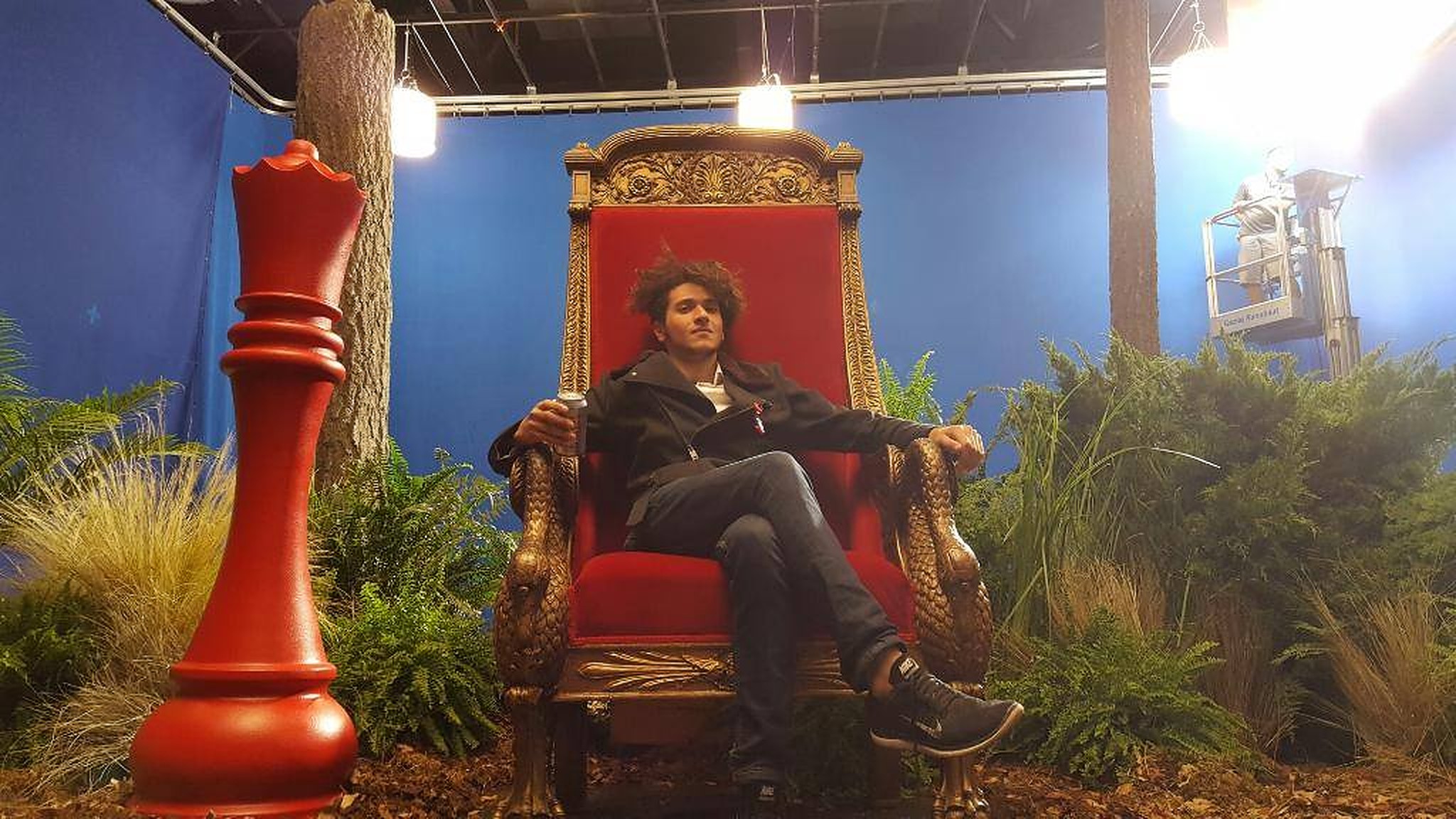
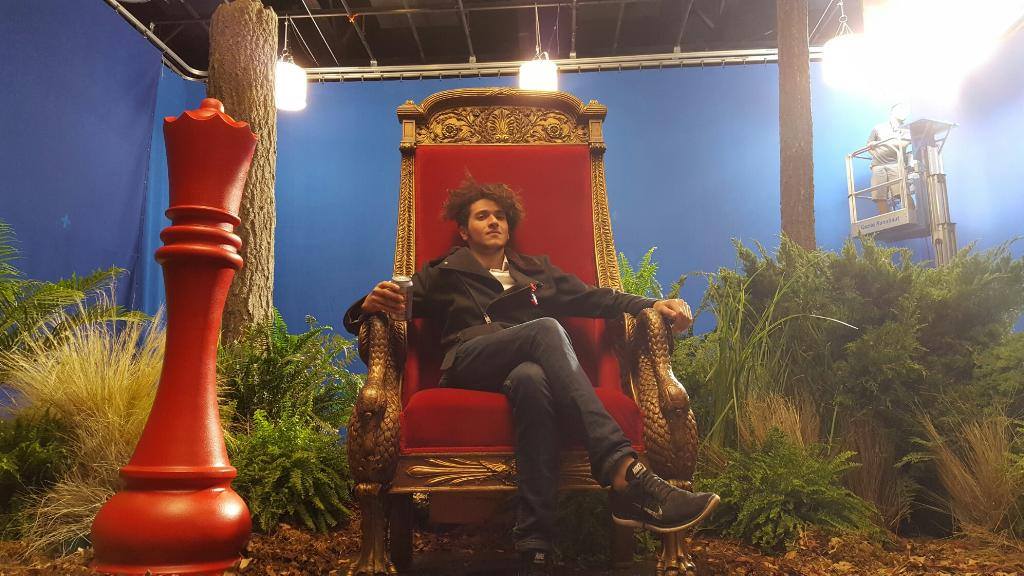


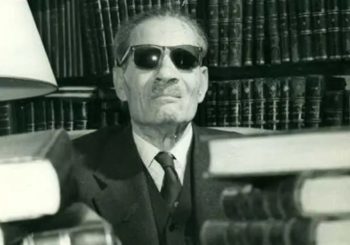

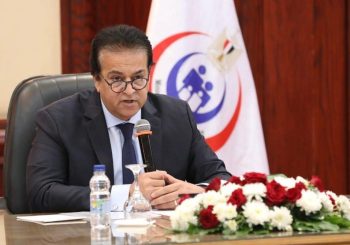
Comment (1)
[…] From Apple to Bazzi: Egyptian Sherif Higazy is Making Waves in LA […]